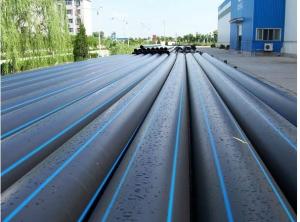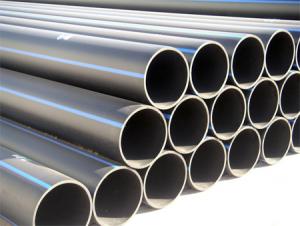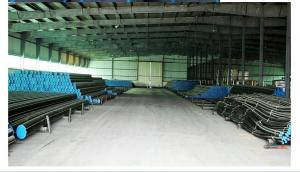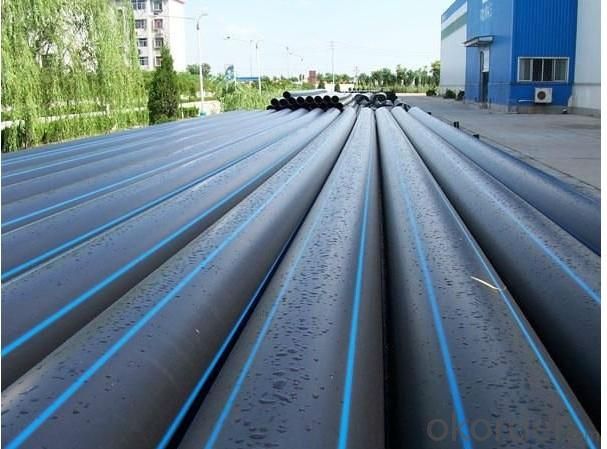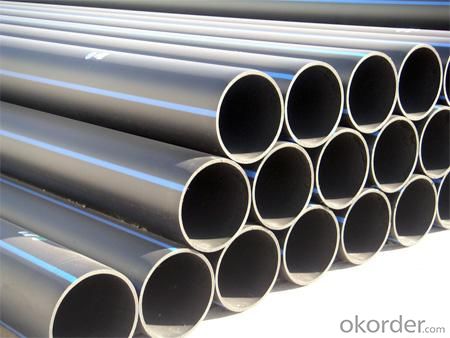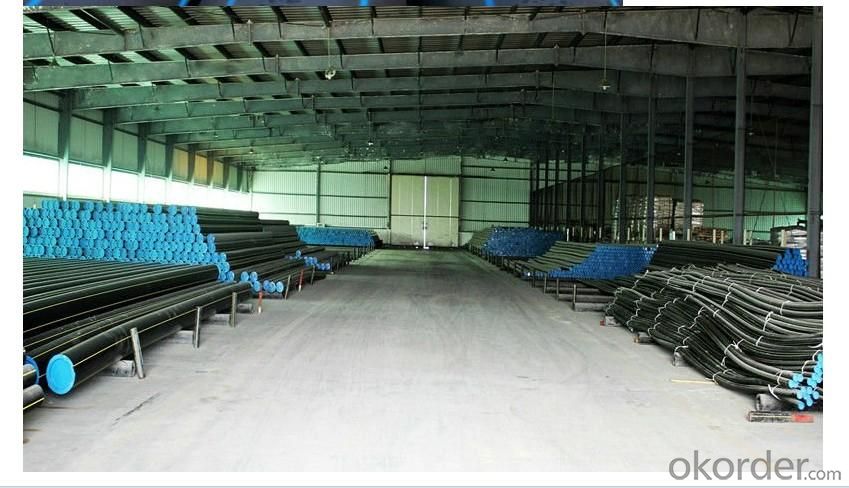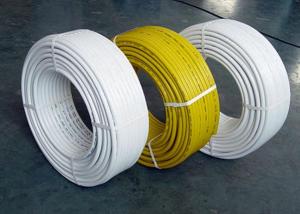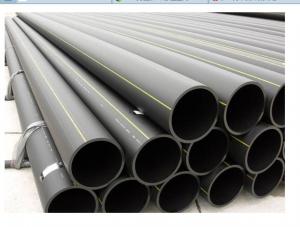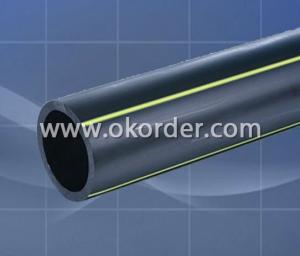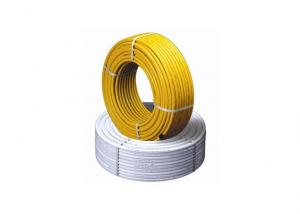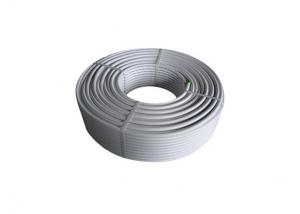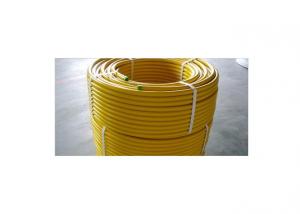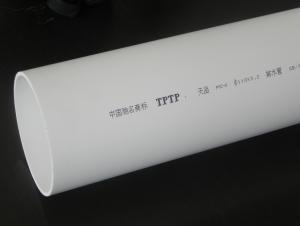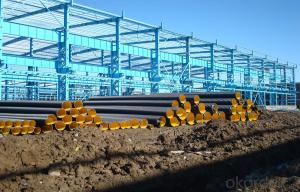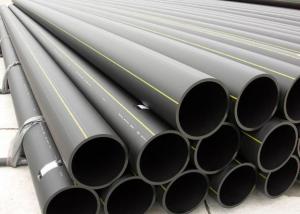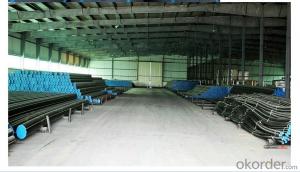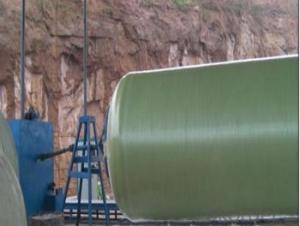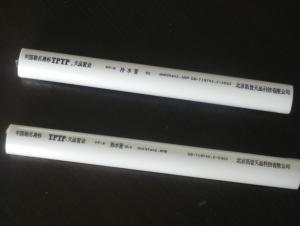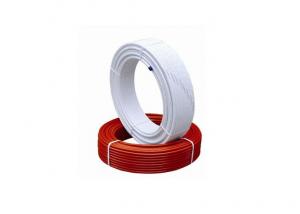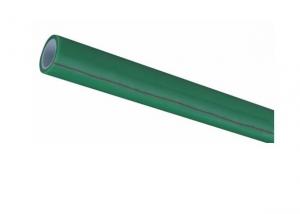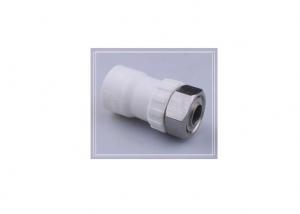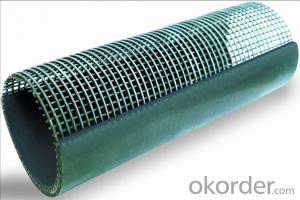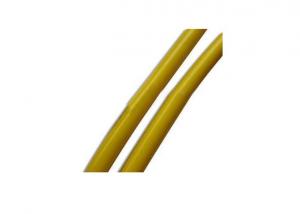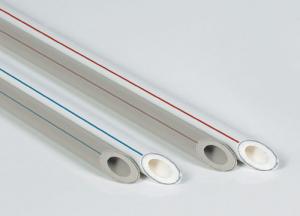Composite HDPE Water Supply Pipes
- Loading Port:
- China Main Port
- Payment Terms:
- TT or LC
- Min Order Qty:
- 5000 Meters m
- Supply Capability:
- 1000000 Meters m/month
OKorder Service Pledge
OKorder Financial Service
You Might Also Like
Product Description of HDPE Water Supply Pipe
Material: PE80/ PE100 (mainly PE 100 now).
Sizes: 20mm--630mm
SDR: SDR11,SDR13.6,SDR17,SDR21,SDR26,SDR33
Pressure: 0.4Mpa(PN4), 0.6Mpa(PN6), 0.8Mpa(PN8), 1.0Mpa(PN10), 1.25Mpa(PN12.5), 1.6Mpa(PN16)
Color: Black or others on request
Connection: Socket-fusion jointed, butt-fusion jointed , electron-fusion jointed, flange jointed
Standard: ISO4427, ISO4437, GB/T 13663-2000
Certification: ISO9001, ISO14001
Application: Water supply, Industries liquids transportation , sewage conduit
Identifies: black water pipe identifies the color at least three blue stripes, and evenly distributed along the pipe circumference
Advantage of HDPE Water Supply Pipe
1.Non-toxic, no heavy metal additives, no fouling, not breed bacterium,
2.Corrosion resistant: PE is inert material and it can resist the corrosion of many chemical mediums,
or electron chemical corrosion. except for few strong oxidants
3.High strength, good performance to resist the environmental stress cracking, good creep
resistance.
4.Good flexibility: small diameters PE pipe for water supply can be coiled and supplied for longer
length, which saves a large number of fittings , PE pipe can be easily shifted according to
requirement of the projects.
5.Light weight ,simple safe and reliable welding technique,convenient construction and lower cost
of the whole engineering,
6.Smooth interior wall, small water resistance, high flow capacity,
7.Long service life :up to 50 years under normal conditions.
8.Recyclable, benefit to the environment
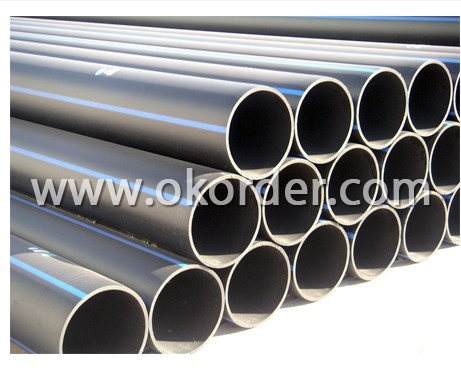
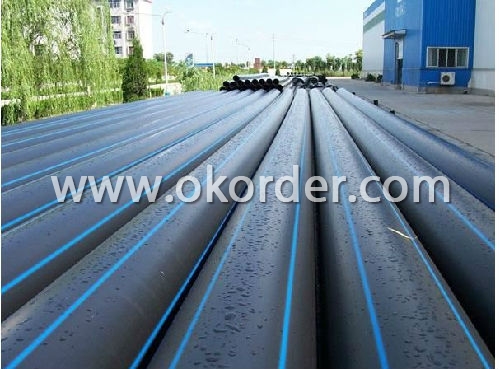
- Q: Can composite pipes be used for vacuum systems?
- Yes, composite pipes can be used for vacuum systems. Composite pipes are made from materials such as fiberglass or carbon fibre that have high strength and low weight, making them suitable for various applications including vacuum systems. The composite materials used in these pipes have excellent resistance to corrosion and can maintain their structural integrity even under high vacuum pressures. Additionally, composite pipes offer advantages such as ease of installation, reduced maintenance requirements, and improved energy efficiency.
- Q: Are composite pipes suitable for underground mining operations?
- Yes, composite pipes are suitable for underground mining operations. Composite pipes are lightweight, durable, and corrosion-resistant, making them ideal for use in harsh underground mining environments. They can effectively transport various materials such as water, chemicals, and slurry while offering superior strength and resistance to wear and tear. Additionally, composite pipes have a longer lifespan and require less maintenance compared to traditional metal pipes, making them a cost-effective choice for underground mining operations.
- Q: Do composite pipes require grounding?
- Yes, composite pipes typically require grounding. Grounding is necessary to prevent the buildup of static electricity and to ensure the safety of the pipe system.
- Q: Are composite pipes resistant to thermal expansion?
- Yes, composite pipes are generally resistant to thermal expansion. The combination of materials used in composite pipes, such as fiberglass and epoxy resin, provides them with a high degree of dimensional stability, allowing them to withstand the effects of thermal expansion and contraction.
- Q: Do composite pipes have a high resistance to abrasion?
- Yes, composite pipes have a high resistance to abrasion.
- Q: Can composite pipes be used for hydroelectric power plants?
- Yes, composite pipes can be used for hydroelectric power plants. Composite pipes offer advantages such as high strength-to-weight ratio, resistance to corrosion, and durability, making them suitable for carrying water or other fluids in hydroelectric power plants. Additionally, composite pipes can be customized to meet specific project requirements, ensuring efficient water transportation and contributing to the overall performance of the power plant.
- Q: Can composite pipes be repaired if they get damaged?
- Yes, composite pipes can be repaired if they get damaged. The damaged section can be cut out and replaced with a new composite material or repaired using techniques such as patching or resin infusion. However, the extent of the damage and the specific type of composite material used in the pipe will determine the repair method and feasibility.
- Q: How do composite pipes perform in high-wind conditions?
- Composite pipes perform well in high-wind conditions. Due to their inherent strength and flexibility, they are better able to withstand the effects of strong winds compared to traditional pipes made of materials like metal or PVC. The composite materials used in these pipes have high tensile strength and are designed to resist bending, cracking, or breaking under extreme wind forces, making them a reliable choice in areas prone to high winds.
- Q: Can composite pipes be used for cooling water systems?
- Yes, composite pipes can be used for cooling water systems. Composite pipes are made from a combination of materials such as fiberglass, resin, and other reinforcement fibers, which make them highly resistant to corrosion and offer excellent thermal insulation properties. These characteristics make composite pipes ideal for carrying cooling water in various industrial applications.
- Q: PE pipe belongs to the plastic pipe?
- If it's PE and other materials, the composite is the composite tubeThe steel wire mesh polyethylene plastic composite pipe also has polyethylene and nylon composite pipes.
1. Manufacturer Overview
| Location | Wuxi,China |
| Year Established | 1998 |
| Annual Output Value | US$1.5 Million - US$2 Million |
| Main Markets | South America Eastern Europe Southeast Asia Africa Oceania Mid East Eastern Asia |
| Company Certifications | NONE |
2. Manufacturer Certificates
| a) Certification Name | |
| Range | |
| Reference | |
| Validity Period |
3. Manufacturer Capability
| a) Trade Capacity | |
| Nearest Port | Shanghai |
| Export Percentage | 50% |
| No.of Employees in Trade Department | 6-10 People |
| Language Spoken: | English, Chinese |
| b) Factory Information | |
| Factory Size: | 5,000-10,000 square meters |
| No. of Production Lines | 5 |
| Contract Manufacturing | OEM Service Offered;Design Service Offered;Buyer Label Offered |
| Product Price Range | Average |
Send your message to us
Composite HDPE Water Supply Pipes
- Loading Port:
- China Main Port
- Payment Terms:
- TT or LC
- Min Order Qty:
- 5000 Meters m
- Supply Capability:
- 1000000 Meters m/month
OKorder Service Pledge
OKorder Financial Service
Similar products
Hot products
Hot Searches
Related keywords
